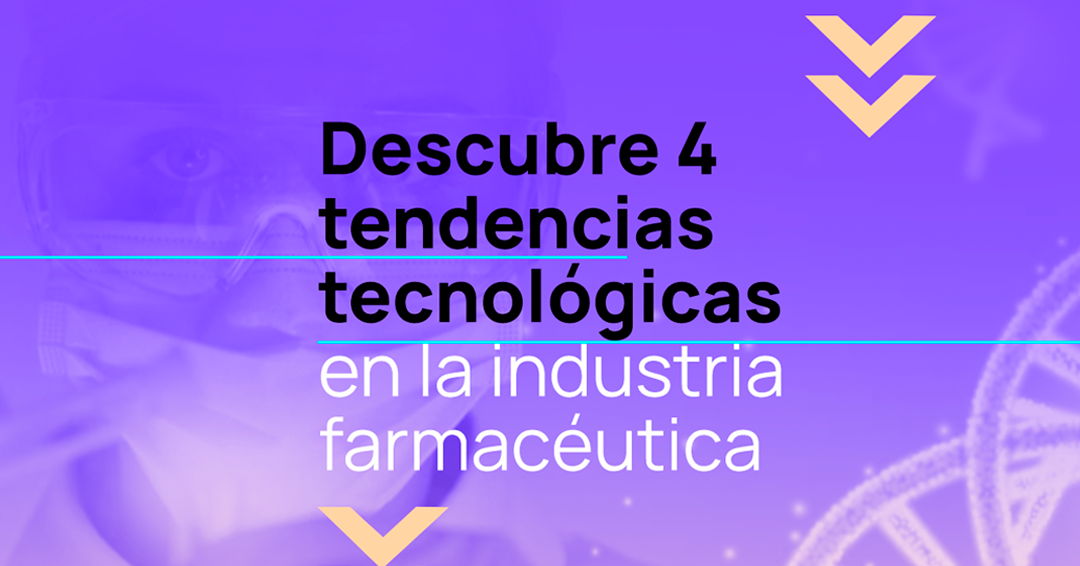
Technological transformation in the Pharmaceutical Industry: 4 Trends that are Redefining their Future
According to projections by Statista, it is anticipated that the pharmaceutical market in line reaches a value higher than 128 billion dollars in 2023.
The crisis of the Covid-19 has had a strong impact on this sector, driving an accelerated digital transformation that has required technology companies to pharmaceutical adapt to the changing demands of consumers.
In the first place, there has been a revolution in the communication with patients, promoting experiences omnicanal that were essential during the lockdown to reach effectively to the consumers.
In addition, the e-commerce has experienced a boom remarkable. The benefits offered by the E-pharma is not only played a crucial role during the most critical moments of the pandemic, but that are transforming the dynamics of doctor-patient in the post-Covid.
Finally, special mention should be made of the impact of social networks in this sector, which has generated new marketing strategies and communication. Social networks provide many advantages to inform customers about changes in schedules, news and support.
While some of these technologies have already been adopted by technology companies, pharmaceutical, provide for new trends for the year 2022, which will present additional challenges for the industry. Some of the more prominent are:
Artificial intelligence (AI)
The applications of AI in the pharmaceutical industry are diverse. Technology companies are using AI to optimize the research and production of medicines. The use of machine learning, natural language processing, and other tools allows you to advantages such as demand prediction, optimization of logistics and inventory, and the exploration of new trends in the market. It is also transforming the marketing to allow greater customization of campaigns to send messages that are more accurate and effective to the consumer.
Digitization of Sales
One of the main objectives of the technology companies is to digitize the sale of medicines and pharmaceutical products. As consumers demand the purchase online, we need to develop platforms that connect the data of patients with digital platforms for purchase, making the user experience more fluid.
Native Applications
The creation of native applications has become a priority for technology companies. These applications allow the interaction with the customers to offer new products, to make recommendations, provide information on medications and monitor patients. They are also valuable for pharmacists to provide updated information on medications and facilitate research.
Cloud services
Cloud computing has been a revolution in various industries. In the case of the pharmaceutical industry, which handles large volumes of data, the adoption of systems in the cloud has completely transformed the business model. This has allowed access to key information in real-time, including databases of pharmaceutical professionals and data needed for the manufacture of drugs.
In conclusion, the advent of technology has completely redefined the landscape of the pharmaceutical industry. The main challenge facing this industry is the digitization of traditional practices to embrace the model Pharma 4.0. In a market where the technology plays a vital role, the traditional businesses must adapt to survive and maintain their competitive advantage. The ability to speed up the process of drug development represents a story is exceptional for the industry as a whole, because, beyond economic considerations, the primary objective of the manufacture of drugs is the possibility of saving lives.



Post a comment